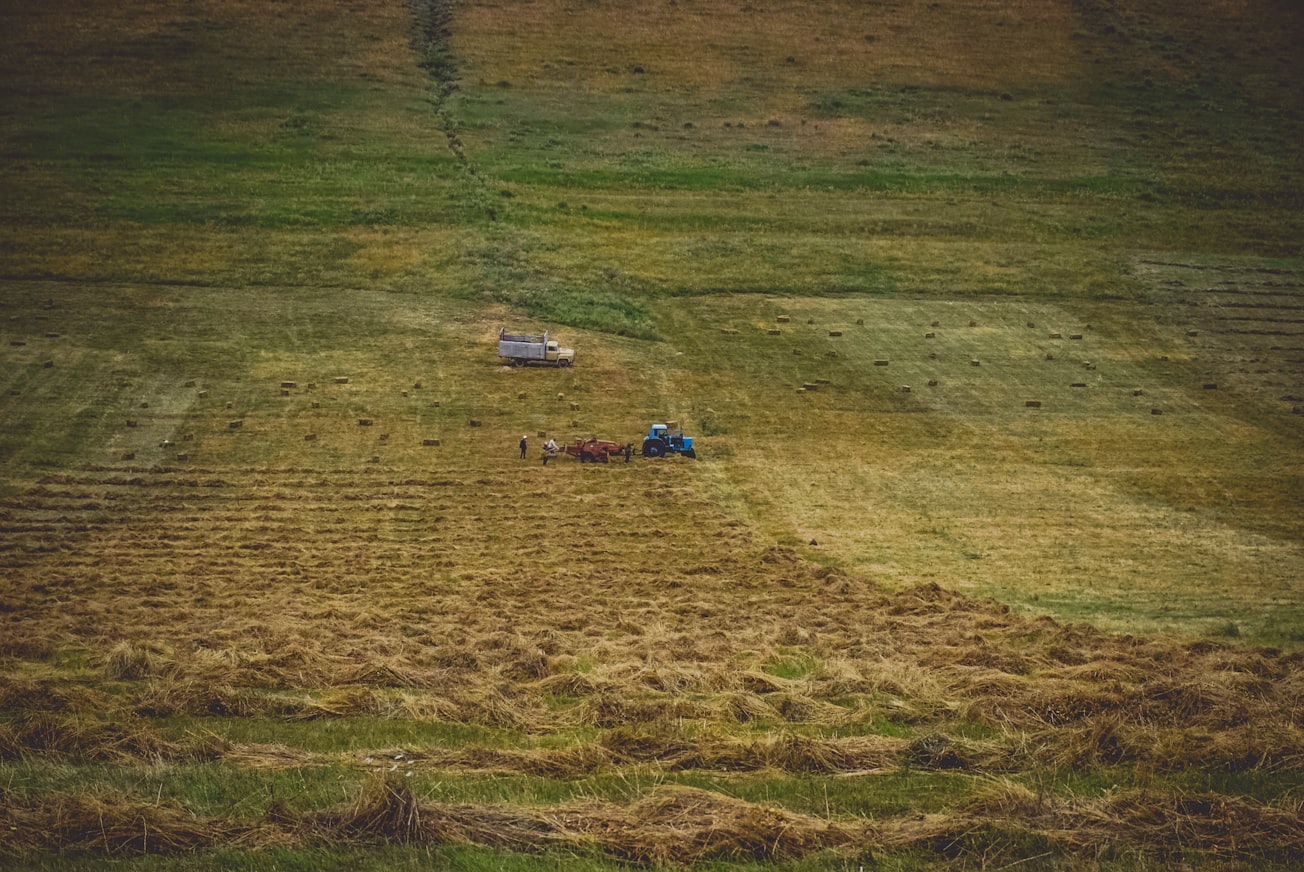What is it about?
In a sub‐humid Uruguayan grassland community, dominated by a tall tussock grass (Saccharum angustifolium), a large amount of standing dead biomass is accumulated. Patchy and asynchronous field burns are a traditional practice among ranchers to removes above‐ground biomass of the dominant species, and to promote tender forage for the livestock.
Featured Image

Photo by vardan harutyunyan on Unsplash
Perspectives
These Uruguayan grasslands would require occasional, asynchronous, and patchy burns to generate changes in the plant community to maximize heterogeneity, both spatially and temporally
Luis López-Mársico
Universidad de la Republica Uruguay
Read the Original
This page is a summary of: Heterogeneity decreases as time since fire increases in a South American grassland, Applied Vegetation Science, August 2020, Wiley,
DOI: 10.1111/avsc.12521.
You can read the full text:
Contributors
The following have contributed to this page







